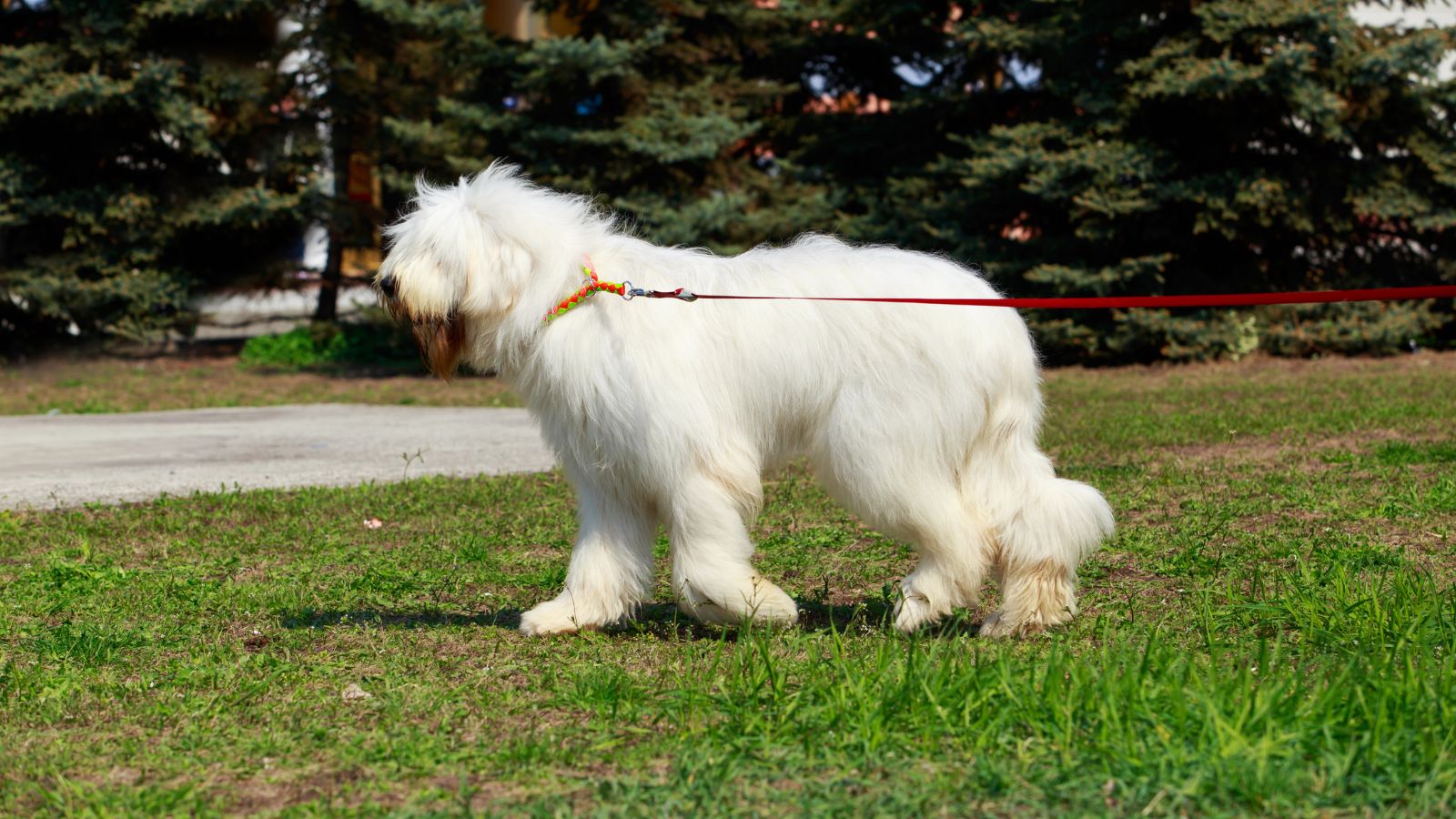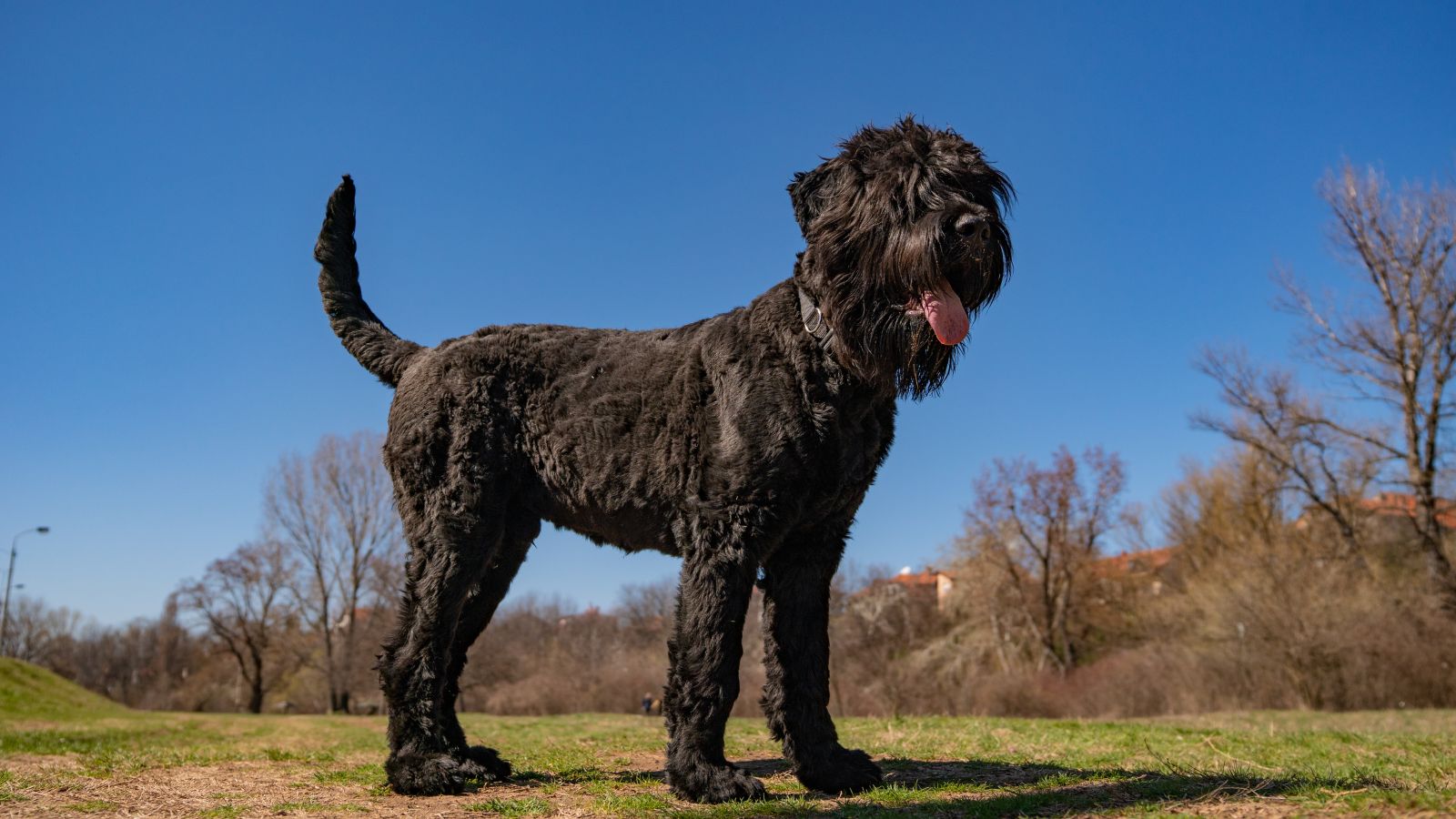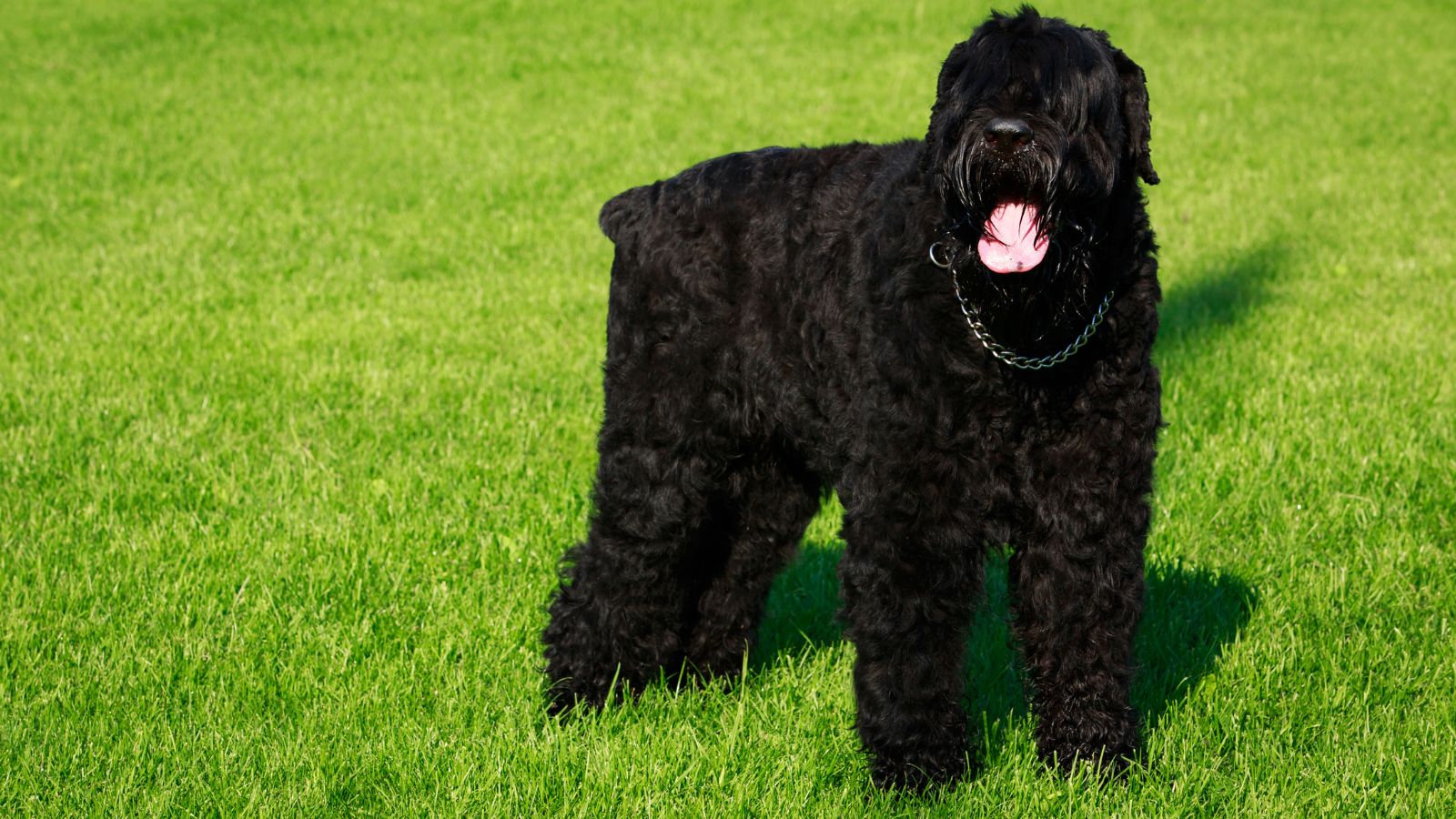In the world of canine companions, size and fluffiness often go hand in hand. Big, fluffy dog breeds have a unique appeal that’s hard to resist. They’re not just pets, they’re cuddly giants, offering an irresistible blend of size, strength, and softness.
Whether you’re a seasoned dog owner or a first-timer, the allure of these gentle giants is undeniable. From the majestic Great Pyrenees to the friendly Newfoundland, these breeds are known for their impressive statues and plush coats.
 Big Dog Breeds Fluffy
Big Dog Breeds Fluffy
While the previous segment focused mainly on the introduction of large fluffy dog breeds, this section offers readers a deeper understanding of them. Two key areas to explore in depth are the characteristics of giant fluffy dog breeds and the advantages they bring to their owners.
Characteristics of Fluffy Giant Breeds
Big fluffy dog breeds exhibit diverse characteristics, primarily due to their unique nature. These dogs exhibit size attributes ranging from 50 pounds, seen in the Old English Sheepdog, all the way up to over 100 pounds found in the Saint Bernard, to name a few examples.
The fluff factor in these breeds primarily comes from their long, voluminous coats. Breeds like the Newfoundland and the Alaskan Malamute, for example, possess amazingly dense double coats that easily qualify as ‘fluffy’.
Another characteristic trait common among these large, hairy breeds is their gentle and friendly nature. Breeds such as the Great Pyrenees embody the dual nature of being a dominant guard dog whilst maintaining a sweet and patient demeanour.
 Popular Big Fluffy Dog Breeds
Popular Big Fluffy Dog Breeds
Amid the assortment of big, fluffy dog breeds, several rise to popularity due to their unique features, genial demeanour, and adaptability. This part of the article gives detailed information about three popular large fluffy breeds – the Newfoundland, the Bernese Mountain Dog, and the Great Pyrenees.
The Newfoundland
Ranking high among large, fluffy breeds, Newfoundlands pack a voluminous coat and a muscular build. Originating in Canada, this breed typically weighs between 100 to 150 pounds. Its double coat includes a flat, water-resistant surface and a thick, soft undercoat. That luxurious fur is more than just beautiful; it serves as a protective barrier against freezing temperatures. The Newfoundland is sociable, gentle and known for its remarkable swimming ability, putting it in high demand among people seeking a reliable and friendly pet.
Another popular choice in large, fluffy dog breeds is the Bernese Mountain Dog. Originating from Switzerland, this breed boasts a robust build and a bountiful, tri-colored coat. Bernese Mountain Dogs weigh in at approximately 70 to 115 pounds. Their long, wavy double coat needs frequent grooming to maintain its radiant look. Despite their large size, they exhibit gentle behaviour and show a penchant for getting along with children. They’re known for their loyalty, making them an exceptional choice for a family pet.
 Care and Maintenance for Fluffy Large Dogs
Care and Maintenance for Fluffy Large Dogs
A proper understanding of the care and maintenance regime for fluffy large breeds is as vital as knowing their unique features. This knowledge confirms these dogs’ suitability to an owner’s lifestyle. This ingrained harmony makes the bond between the dog and the pet parent stronger.
Grooming Requirements
Big fluffy dog breeds, with their voluminous coats, demand special attention for grooming. They are prone to matting, and their double coat structure needs regular brushing. For instance, the Bernese Mountain Dog, known for its soft, silky tricolour coat, benefits from daily brushing. Newfoundland breeds, too, need weekly grooming sessions given their dense, water-resistant fur. Using specific grooming tools, such as wide-toothed combs and slicker brushes, eases the grooming process, in turn reducing stress for both the pet and the owner.
Apart from coat care, these large fluffy breeds also need specific attention to nail trimming, ear hygiene, and dental care.
Fluffy large dogs, despite their hefty size, are typically active and enjoy exercises. A breed like the Great Pyrenees requires daily walks and play activities. This moderate exercise routine helps them burn off their energy, averting behaviour problems. A Newfoundland, on the other hand, enjoys swimming as part of its exercise regimen, given its history as a water rescue dog. Keeping active is crucial for these breeds as it aids in maintaining a healthy weight and overall bodily functions.